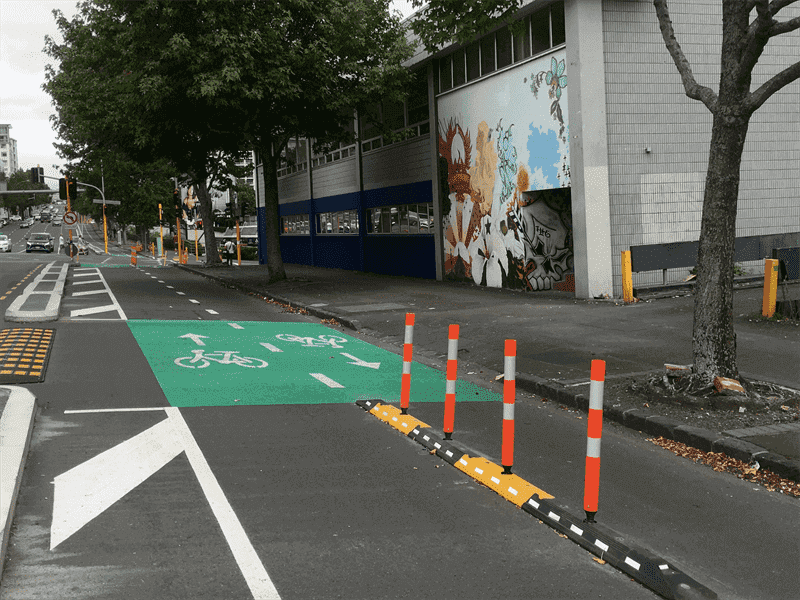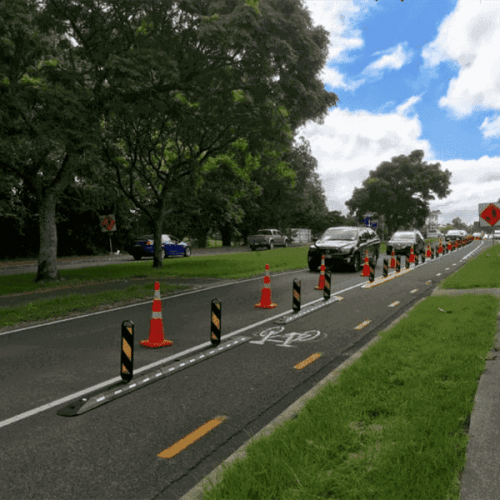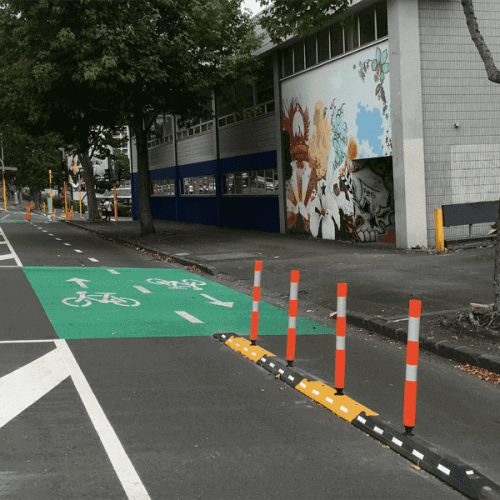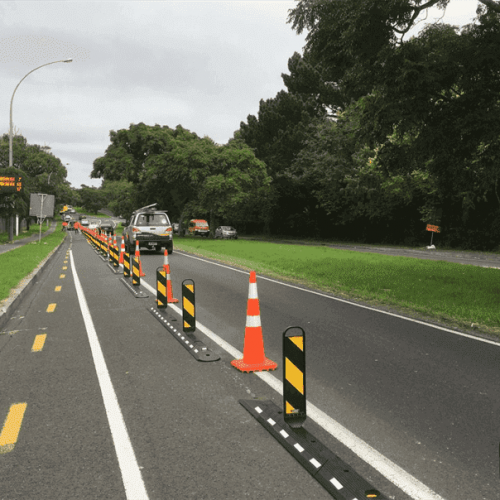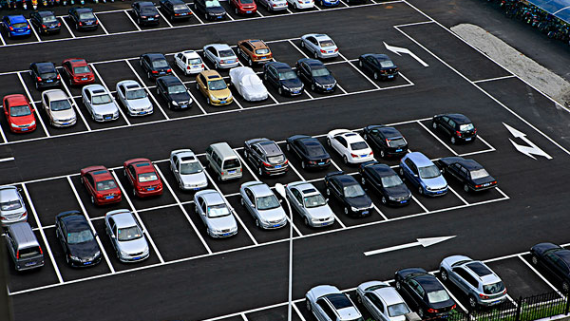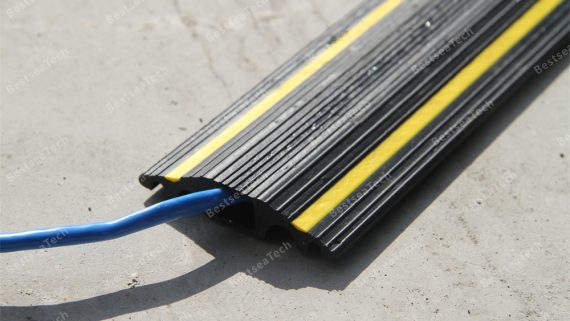HOW CAN WE MAKE CYCLING SAFER, IN CITIES ALL AROUND THE WORLD?
Frequent readers of this column know that I love riding my racing bicycle and that often commute on it. When entering the city center, it is always wise to cautious. If you have ever been to Amsterdam, you know what I mean. The city is so busy with cyclists passing each other that it often leads to unsafe situations – it’s one of the bicycle capitals of the world.
Cyclists in Amsterdam look like a school of fish at first sight, most of the time it is seamless mobility at its best, but I also have the experience that you continuously need to anticipate events due to the fact that cyclists often don’t give a hand signals when they overtake another cyclist. I must admit, I am one of them. So how can we make it safer? From an ideal, seamless urban mobility point of view. What do we need to do to improve the safety for cyclists in an urban environment? Education is key and this we all know of course. We can’t be too confident because we are experienced commuters used to cycling in big cities like London or Amsterdam.
On that subject I recently read an interesting article on sustrans.org.uk. It made a nice statement: If you follow some simple road safety advice the roads don’t have to be a dangerous place to cycle. The highway code is rule number one and that means don’t jump red lights and don’t cycle on the pavement unless it’s a designated cycle path. But some advice on the same site was a little too obvious: Drive at your own pace and be road confident, being two such examples. I still have the feeling that I haven’t found my answer yet.
How should we design our cities and educate cyclists in the best way we can so that even in Amsterdam it gets a little bit safer? How can we encourage cyclists to obey the traffic rules more, instead of interpreting them in their own way, because they are over confident and believe they can weave just like a school of fish. Yes, take a deep breath and understand what I just have written down. Because it looks like we’re back at paragraph two. But after reading a BBC article How to get a city cycling, I made up my mind and came to two conclusions.
First, in developed bike capitals like Amsterdam, Copenhagen and London cyclists need to change their overconfidence into good behavior and better communication with other cyclists. For example, using signals when overtaking. It’s not always about technology, but also being respectful to each other.
Secondly it has been proven that the more cycling-friendly infrastructure is, the less accidents happen, and this fact is even multiplied if there are more cyclists on the road. For instance, The Netherlands has just 1.1 deaths per 100 million kilometres on the road; compared to the United States the number of cyclist deaths per 100 million kilometres cycled is 5.
It appears that the more cycling is encouraged and taken up, the safer it becomes. Our challenge is to keep the statistics moving in the right direction.
Richard Butter is director of traffic technology at RAI Amsterdam and is responsible for Intertraffic worldwide events.

